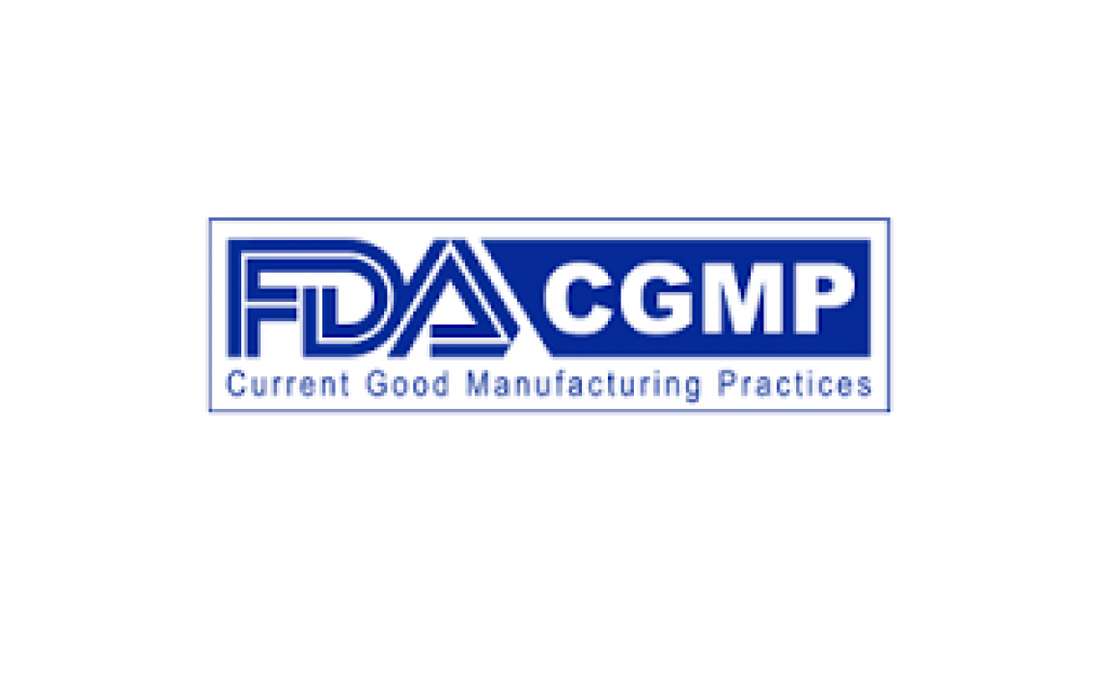There has been some talk of cGMP in the dietary supplement industry for quite some time. The acronym cGMP stands for current good manufacturing practice. We’re not sure who coined the term but they are heavily used by the United States Food and Drug Administration (FDA) to describe the practices which manufacturers follow to adhere to guidelines set to ensure that dietary supplements, food, pharmaceuticals, and a host of other products are manufactured to high standards to protect consumers. Kava kava falls under the dietary supplement description as far as the FDA is concerned. cGMP of dietary supplements are regulated under 21 CFR part 111. We won’t bore you with the United States code of federal regulations but there are some things we think consumers should be aware of when buying kava kava or any dietary supplements.
Most of the regulations are based on basic food safety principles and are common sense if you work in the food industry such as owning a kava bar. Employees must wash hands. Facilities must be sanitary. Common sense kinda stuff.
Some things are not just common sense. For instance when a supplement is first imported into a facility from a foreign manufacturer (who also must be registered with FDA) it must be quarantined and at least one test must be applied to the product to determine it is in fact what the importer purchased. For the kava we import at Nakamal At Home we do two tests initially. We do an organoleptic test as well as microscopy.
Organoleptic tests are simple tests that rely on the human senses such as sight, smell and taste. We visually inspect the kava kava to make sure it is in our suppliers unopened and normal packaging. We also look to see that it looks like kava powder, a brownish powder. Fortunately kava kava root powder has a very distinct smell. We have thousands of kilos in our warehouse at any given moment so the whole place reeks of kava kava and we know this smell very well. The final organoleptic test we perform is a taste test. We take a small amount and make it into kava kava beverage right there on the spot and drink it. All of us working there have been drinking kava for over a decade so we know what kava tastes like. After the kava passes these tests we move on to microscopy.
We have an employee who has a masters degree in microbiology and works for a state lab that assists in our microscopy identification upon receipt of a new shipment. We also send our kava powder to Alkemist Labs for microscopy identification.
Dietary supplements also must be tested for strength, purity and composition according to cGMP rules.
We test our kava kava root powder using HPLC testing to determine strength by measuring the kavalactone content. You can visit our kava lab reports to see those results.
As far as purity is concerned we test our kava kava from new untrusted suppliers with microscopy to ensure there are no contaminants or adulterants. The only adulterants that could be in kava kava are sawdust and we are sure our supplier would never do that.
Our kava kava powder is sent to Alkemist Labs for composition test using microscopy techniques to identify that there is nothing other than kava kava in our products. We also certify that because Nakamal At Home only processes kava kava in our facility so there is no chance of any other dietary supplements making their way into our products.
All dietary supplements must have traceability to comply with cGMP rules. This means they should have batch numbers on each package or some other way to trace shipments. We are a high volume facility so batch numbers are the only way to make sure traceability is flawless. Our supplier can trace their products back to an individual farmer at this point.
Is your kava vendor following cGMP rules for dietary supplements? We don’t know the answer to that as we mid our own business but we know Nakamal At Home does.
REFERENCES

